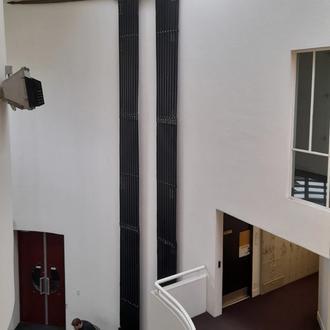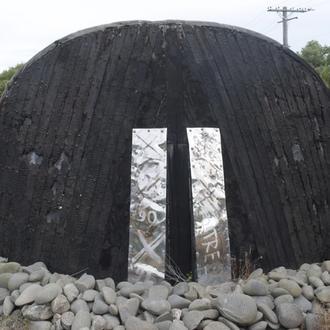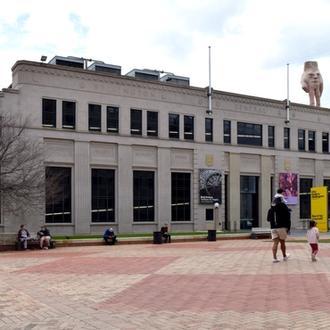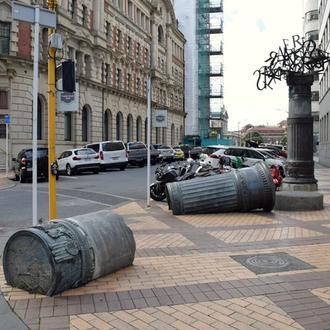Ralph Hōtere
b. 1931d. 2013
Also known as:
- Hone Papita Raukura Hōtere
4 Artworks
Of Te Aupōuri and Te Rarawa iwi decent, Ralph Hōtere was born in Taikarawa (Northland). At 15 he left the north to attend Pato Petera College in Tāmaki Makaurau. Hōtere went on to attended Auckland and then Dunedin Teachers' Colleges, specialising as an art teacher. He also attended art classes at King Edward Technical College.
After 1953 Hōtere worked as a Māori arts and crafts adviser for visionary educator Gordon Tovey, participating in Tovey’s progressive Northern Maori Project (1954–59).
Awarded a New Zealand Art Societies Fellowship in 1961, Hōtere studied in London. Electing to stay on in Europe he was supported by a Karolyi International Fellowship to work in France.
Returning to Aotearoa in 1965, he again found work in the Education Department, this time in Auckland. At this time he began his first 'black paintings'. Hōtere moved south in 1969 after being awarded a Frances Hodgkins Fellowship at the University of Otago. He found his permanent home and studio in Port Charmers not far from what is now the Hōtere Garden Oputae.
Hōtere has been grouped with Cath Brown, Fred Graham, Paratene Matchitt, Buck Nin, Muru Walters, Marilynn Webb, Selwyn Wilson and Arnold Manaaki Wilson, as the pioneering Māori artists who developed a modern Māori art movement in the 1960s. Regarded as one of New Zealand's most important artists, in 2003 Hōtere received an Icon Award from the Arts Foundation of New Zealand and in 2012 was inducted in the Order of New Zealand for services to the country.
The biography Ralph Hotere : the dark is light enough : a biographical portrait by Vincent O'Sullivan was published in 2020.
See also:

Ralph Hōtere (Te Aupōuri, Te Rarawa) & Mary McFarlane, ‘Rūaumoko’ (1998), CBD, Te Whanganui-a-Tara Wellington
Image: Bronwyn Holloway-Smith, Public Art Heritage Aotearoa New Zealand, 2022




